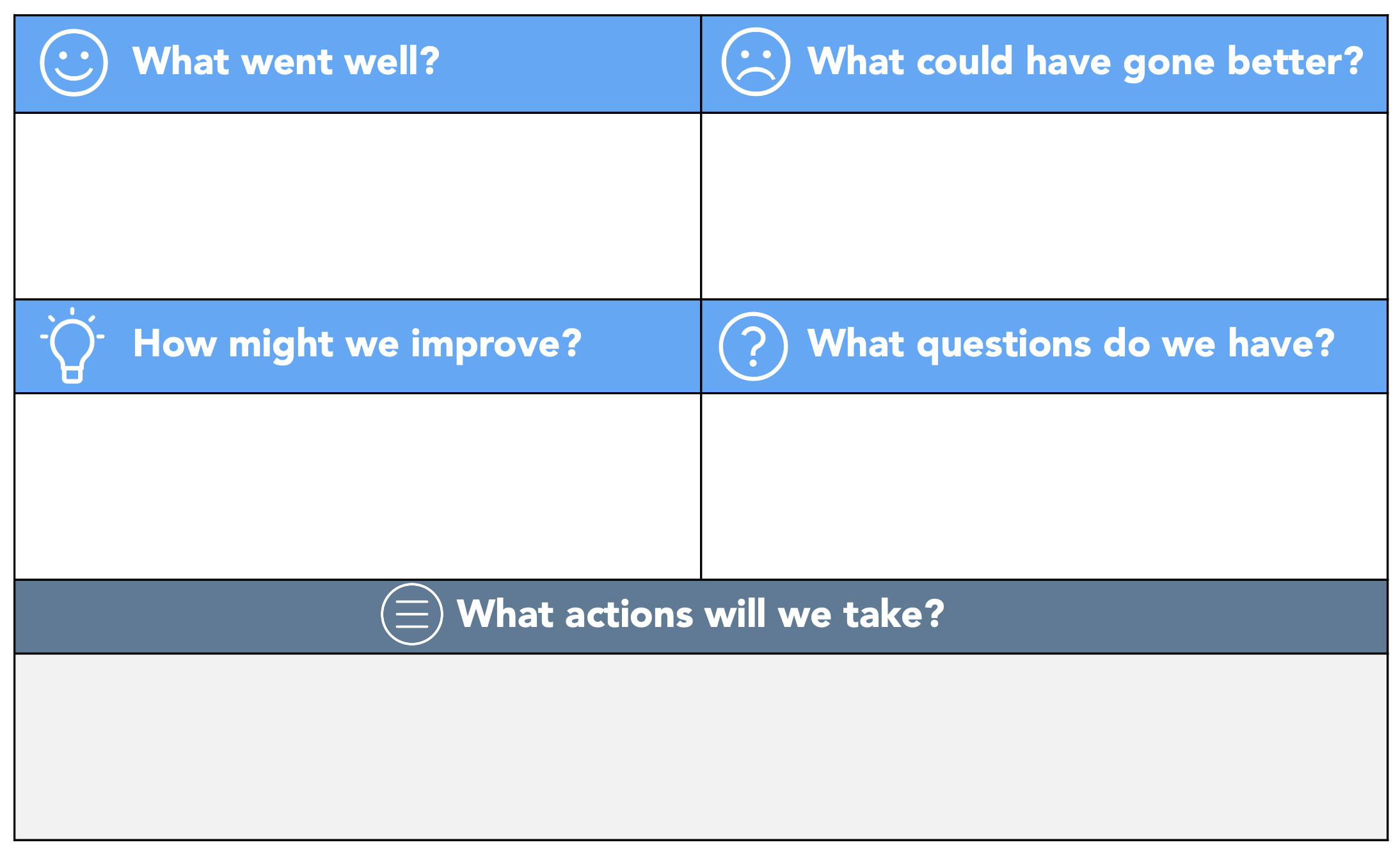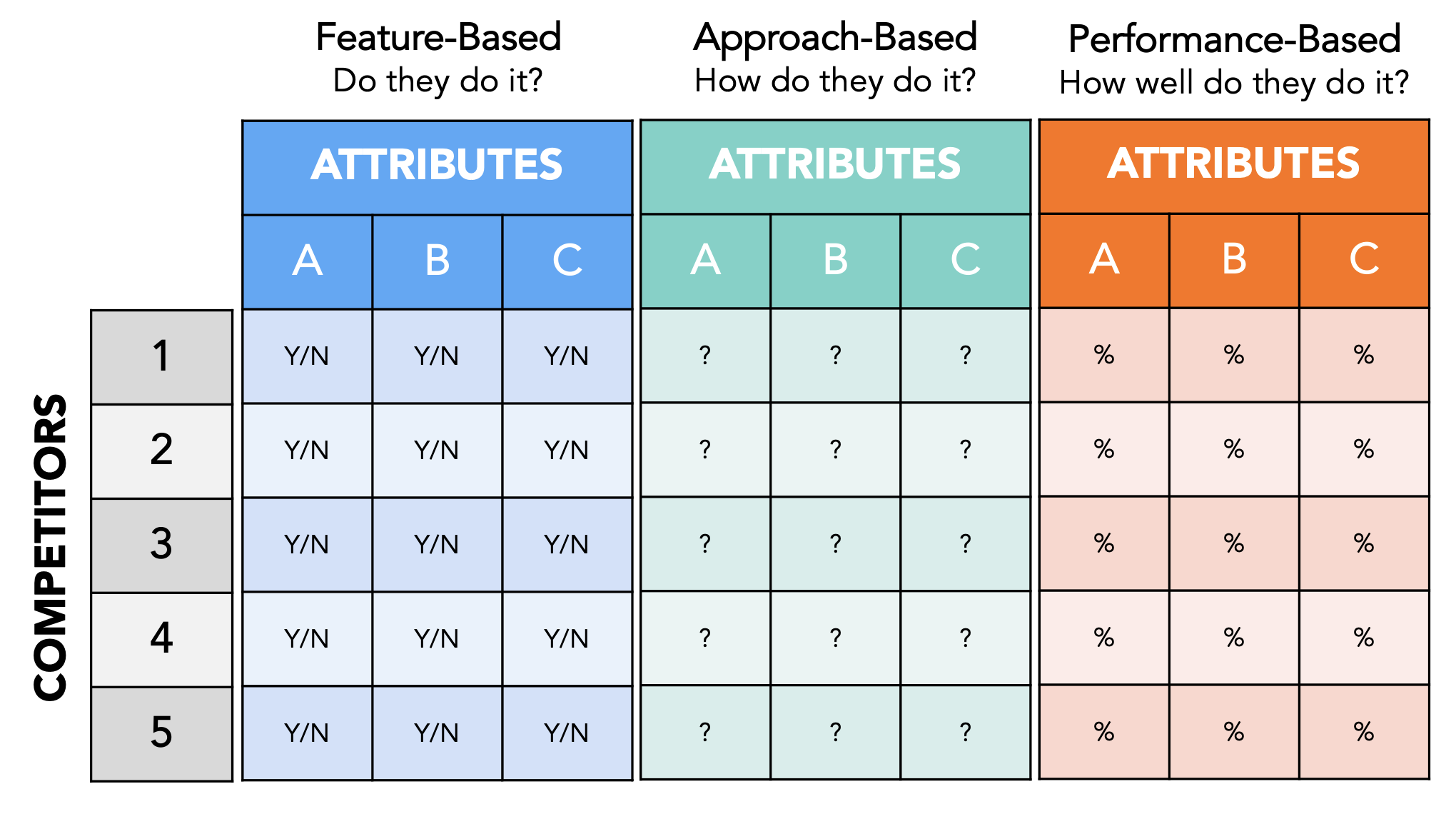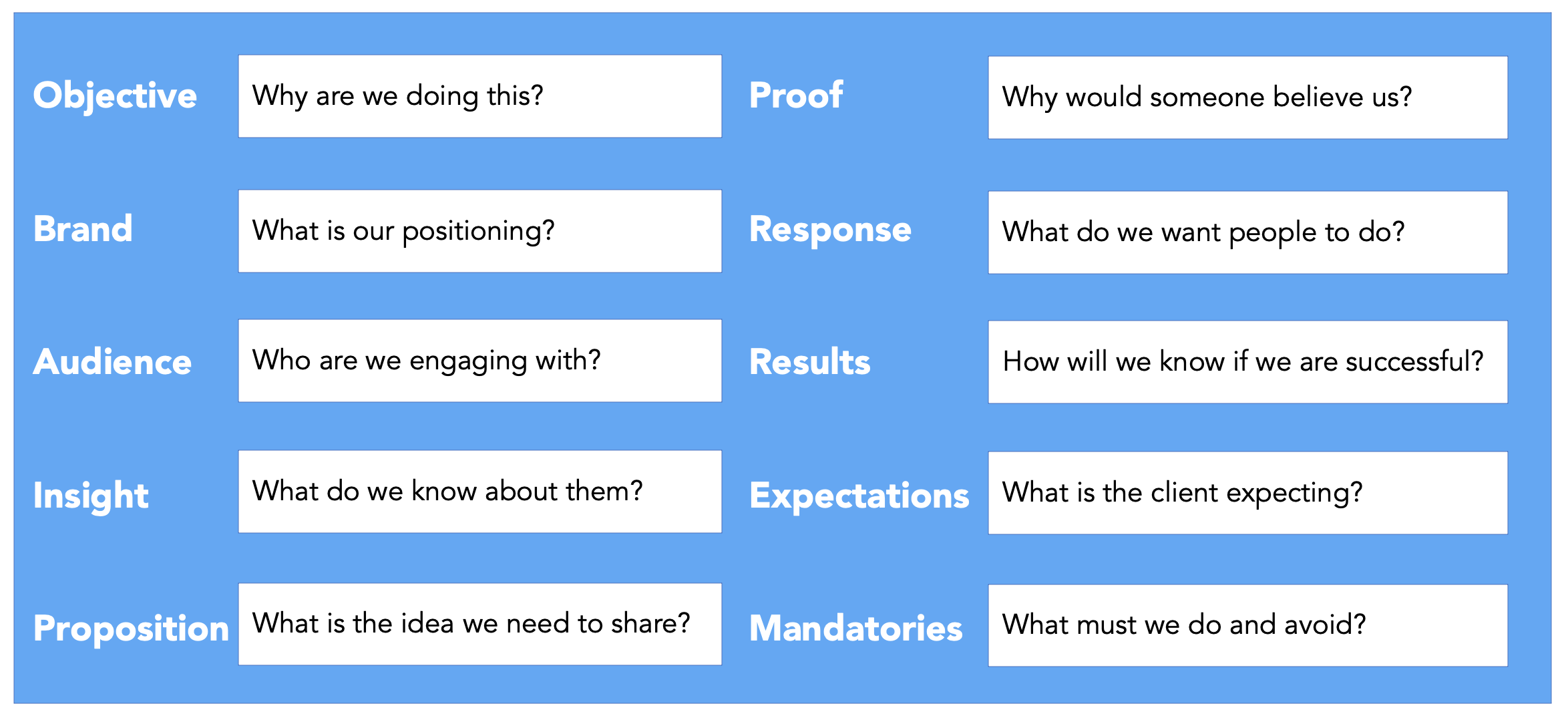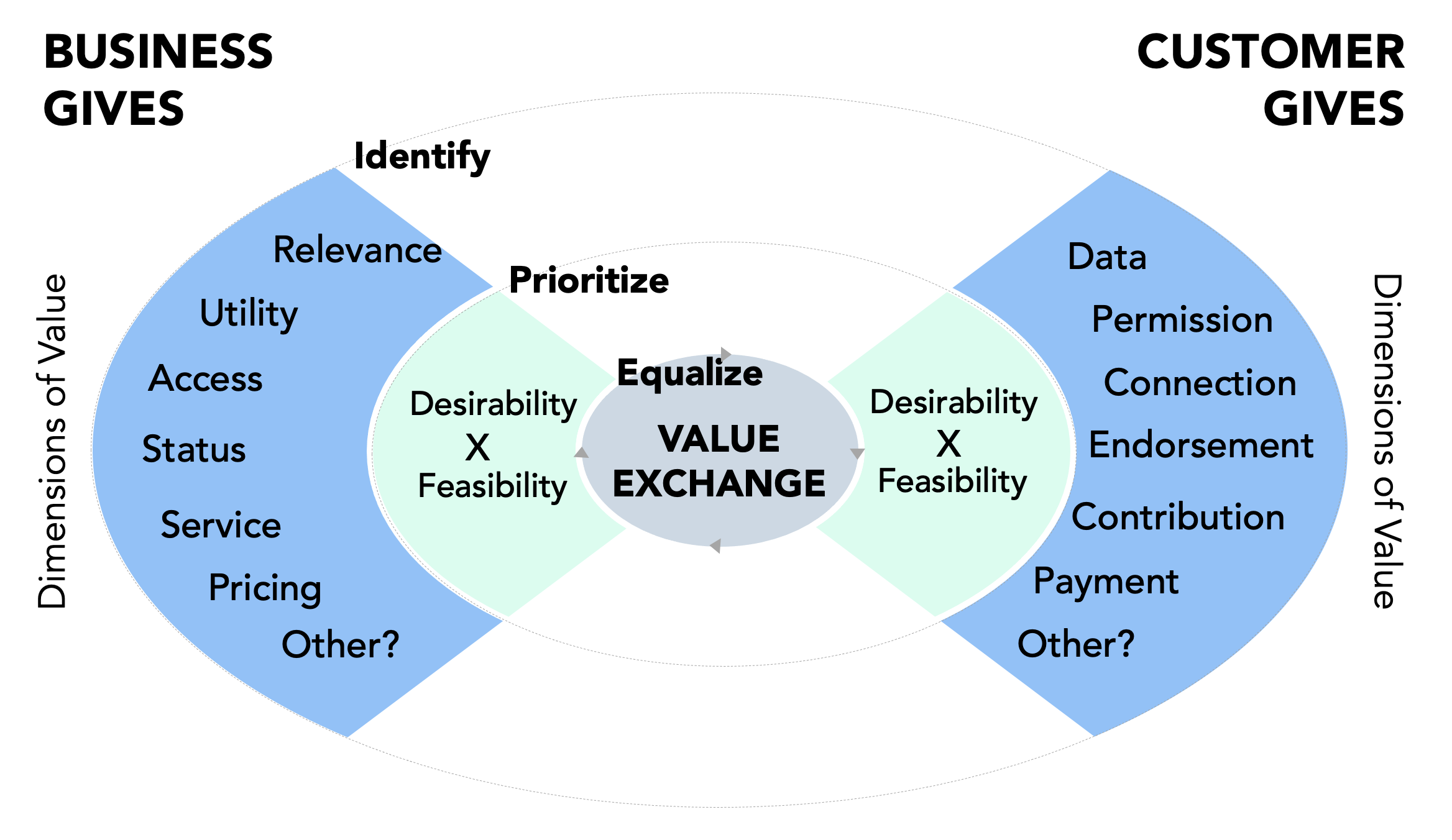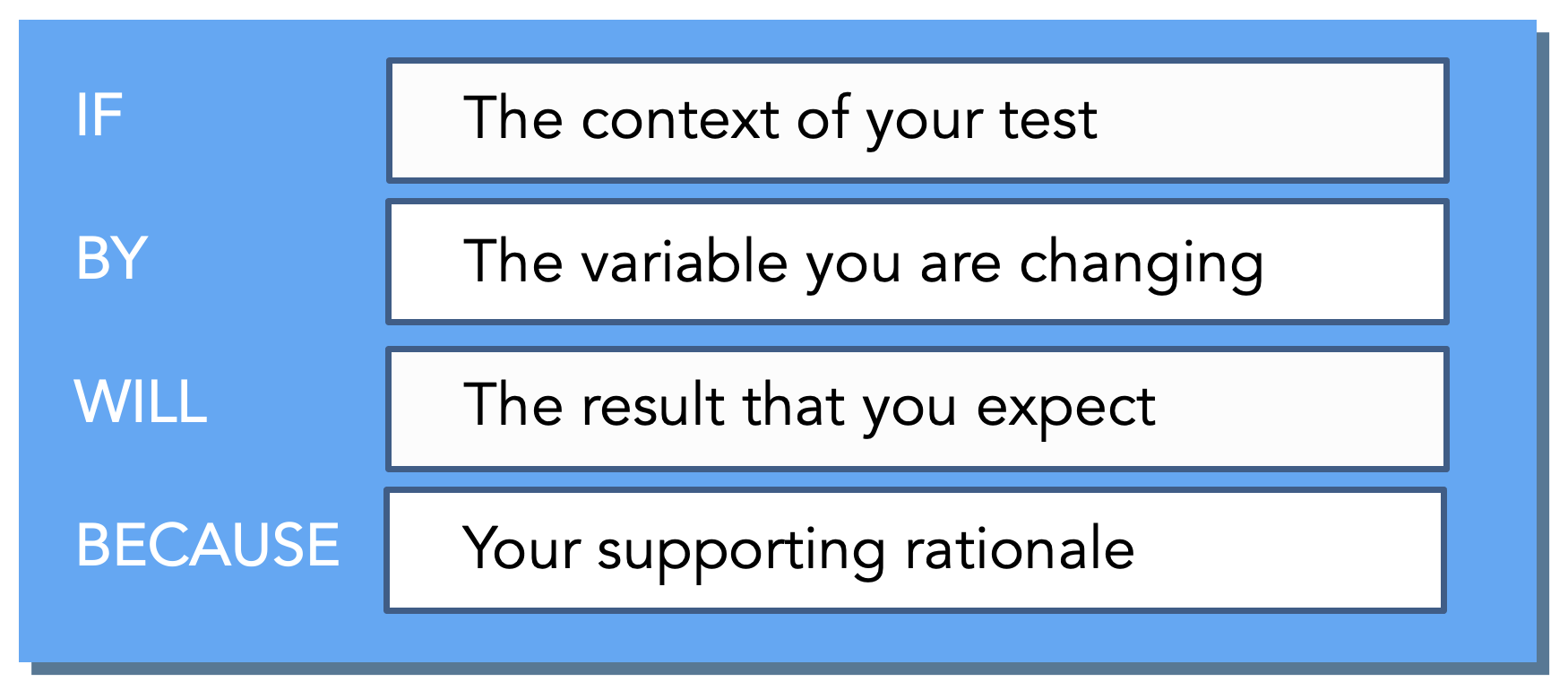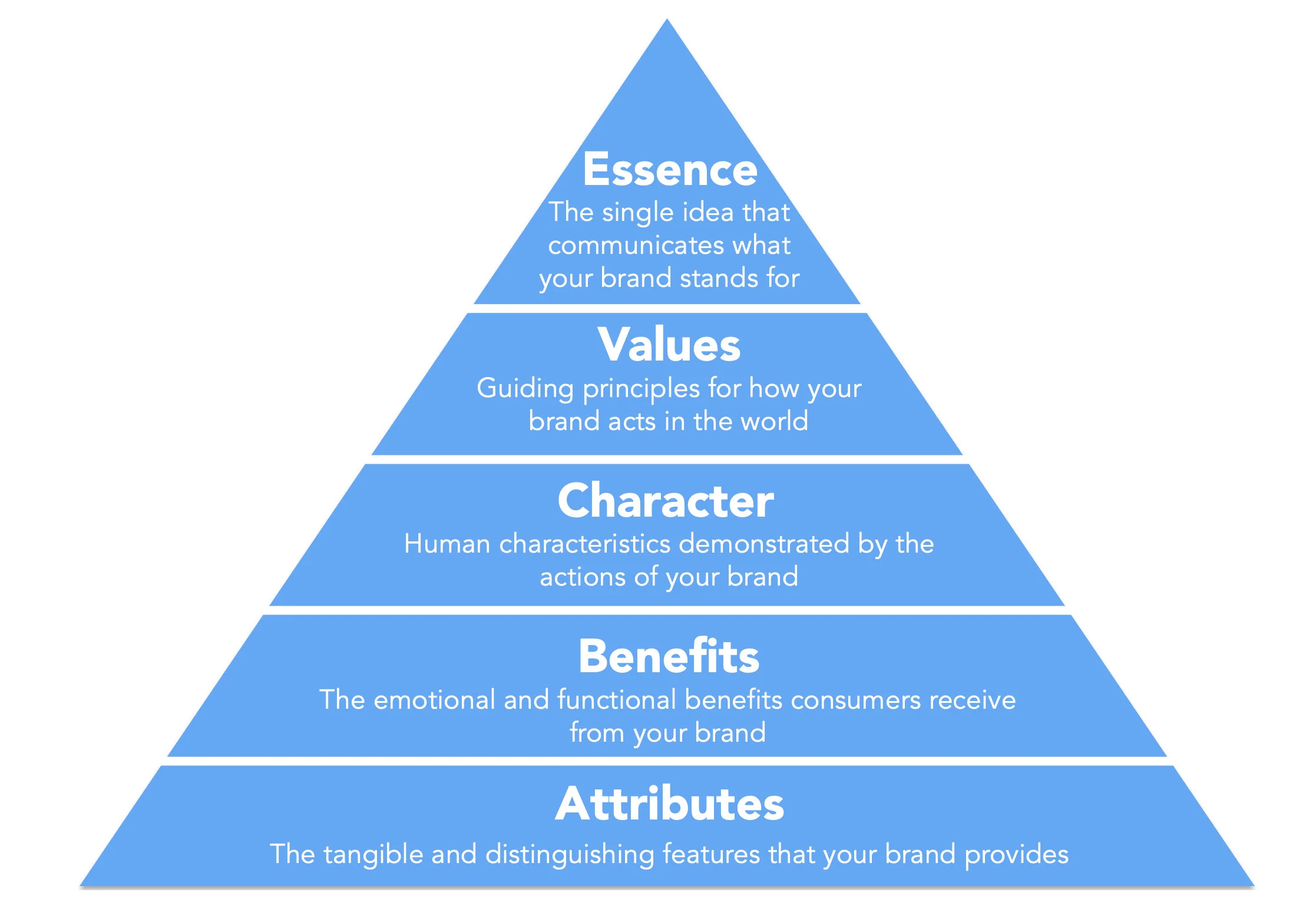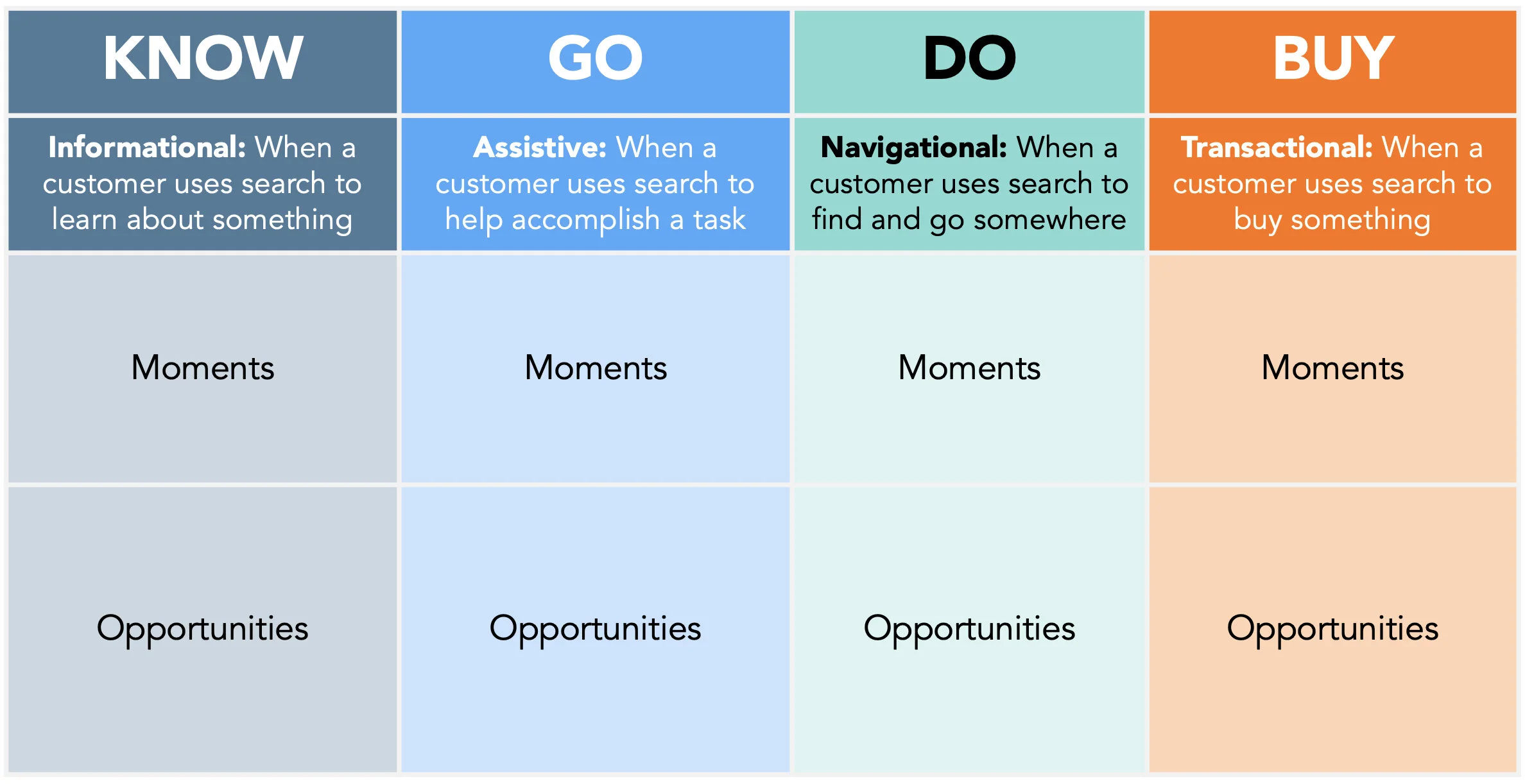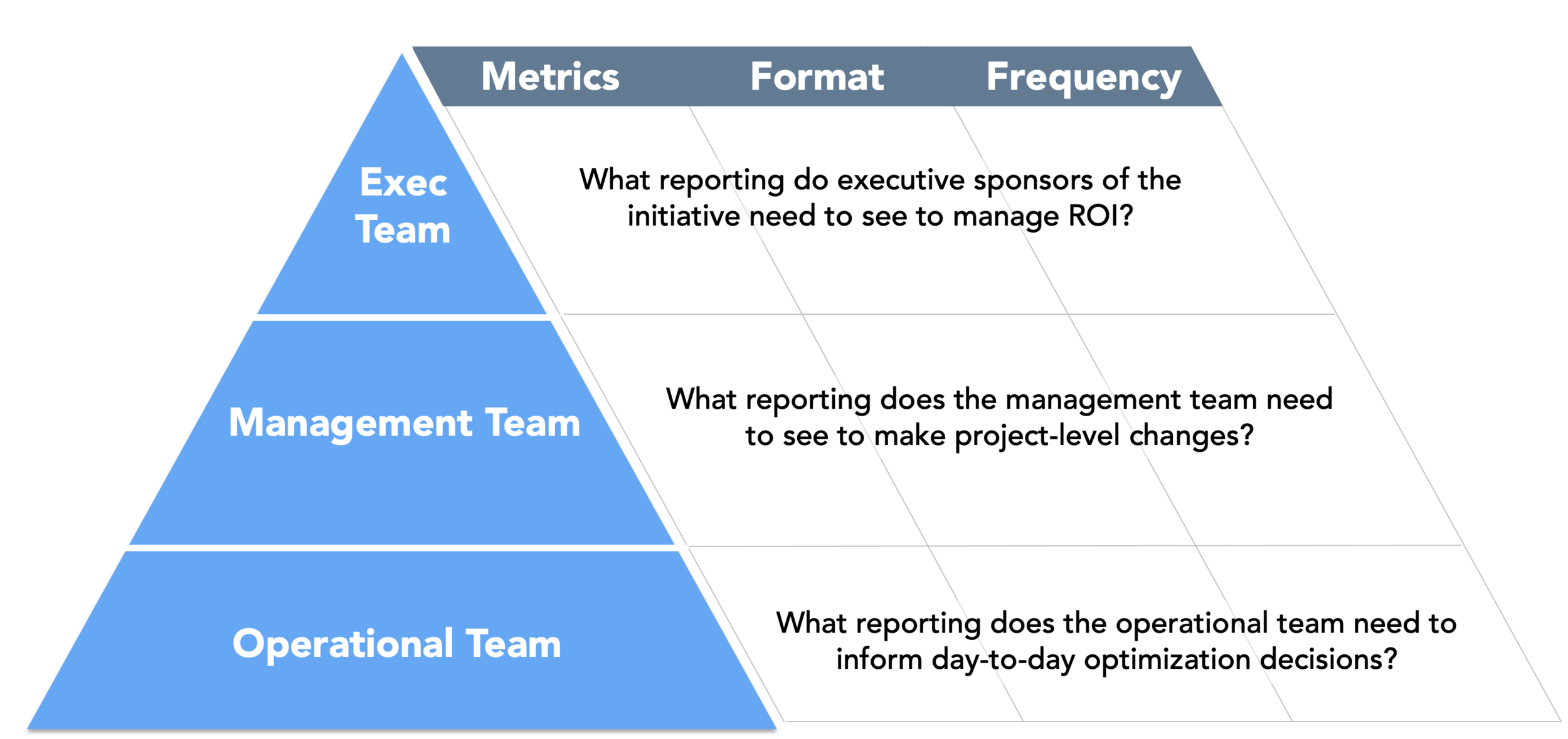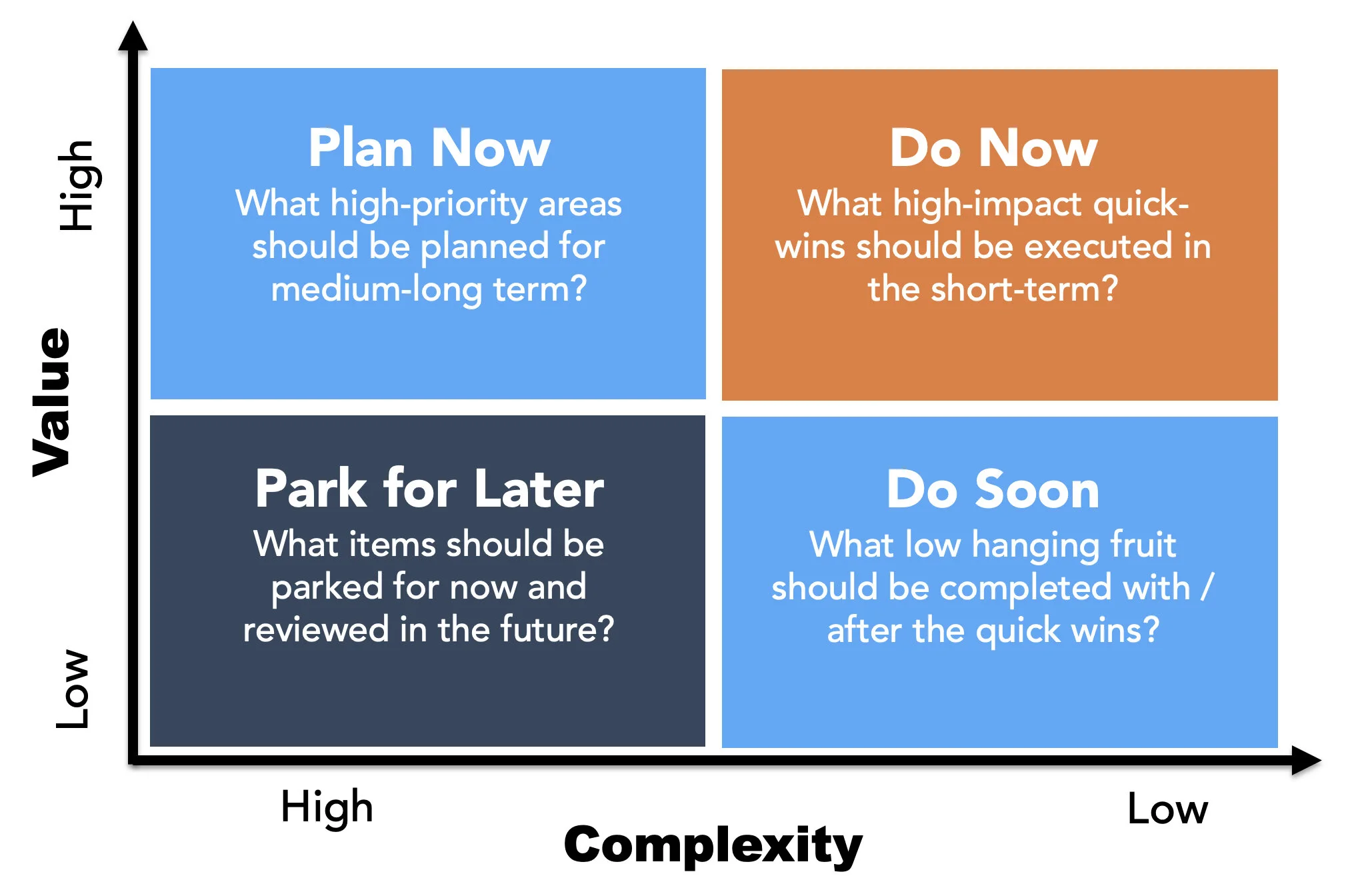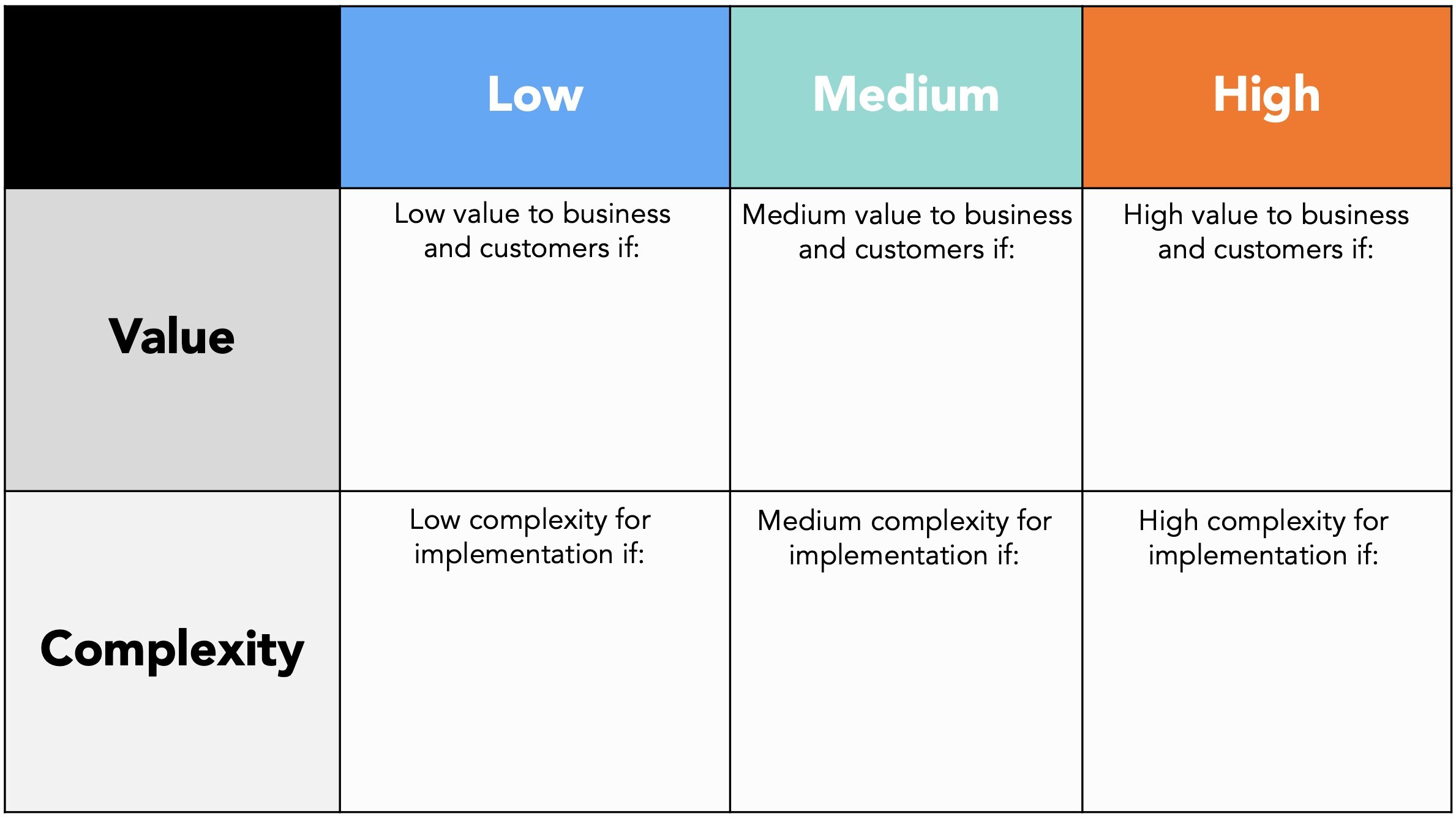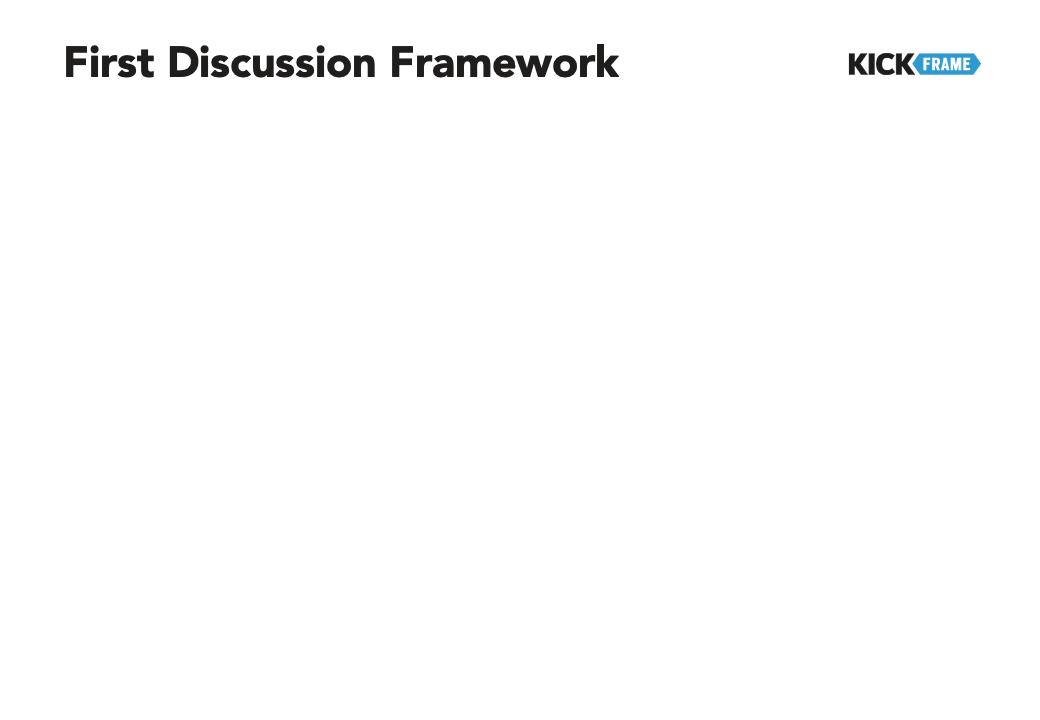Description
The purpose of a Social Media Escalation Plan is to determine when an issue has reached a point where it needs to be addressed with more gravity. It is an important decision-making mechanism to document so that everyone has a shared understanding of how to respond quickly when different issues arise. While issue management is not new, marketers often need to create escalation plans for social media given how influential comments and posts can be on brand reputation. Escalation plans align teams on the conditions that need to be met to involve more senior stakeholders for greater authority and support. Social Media Escalation plans can be created using different formats, including decision trees. Use the format this is most clear and relevant for you.
Question
How do we address this issue in social media?
Steps
Meet with senior stakeholders to identify the types of issues that represent the highest levels of risk for your organization. What may cause long-term harm? These issues will be unique to your organization.
Explore how these ‘hot button’ issues may manifest themselves in social media. What might be posted or shared? Assign a level of severity to each of these issues and group together. These represent ‘Levels’.
Review the issues for each Level and discuss the response(s) that you should take. Determine the threshold for when you need to involve more senior stakeholders for even greater authority or support.
Capture the Stakeholders, Conditions, and Response for each Level in your Plan. Consider how any of the issue Accelerators listed below may change how you respond or escalate the specific issue.
Review the final Social Media Escalation Plan with all stakeholders for final feedback and alignment. Consider ‘stress testing’ your plan by running a few practice drills to see if escalation can be properly supported.
Considerations
Ensure that social media monitoring is in place to be able to detect all the issues identified in the plan
Identify the members of your cross-functional ‘Crisis Team’ that will manage the issues of the highest severity
Use pre-approved responses to help social media teams respond quickly and compliantly to issues


